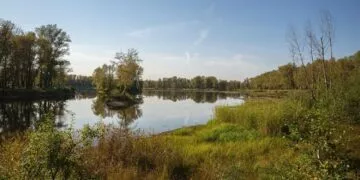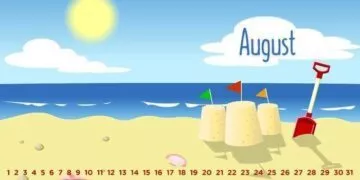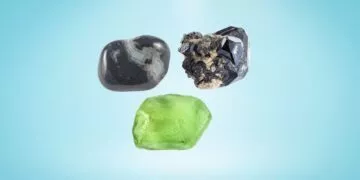On August 11, people take to the beaches, lakes, and riversides to celebrate an annual tradition: National Play in the Sand Day.
Wherever sand is found, it is an important natural resource, provides critical habitat for animals and plants alike, and is fun to play in!
Maybe you’re up for a game of beach volleyball, or a contest to see who can dig the deepest hole or build the tallest sand castle. Perhaps a game of limbo to see who’s the most limber would be in order.
However you choose to celebrate it, National Play in the Sand Day offers many splendid opportunities for fun.
About a third of the world’s population lives within 60 miles (96.7 kilometers) of a coastline, making it an easy day trip for people who enjoy playing in the sand. But even a backyard sandbox will do the trick.
History of National Play in the Sand Day
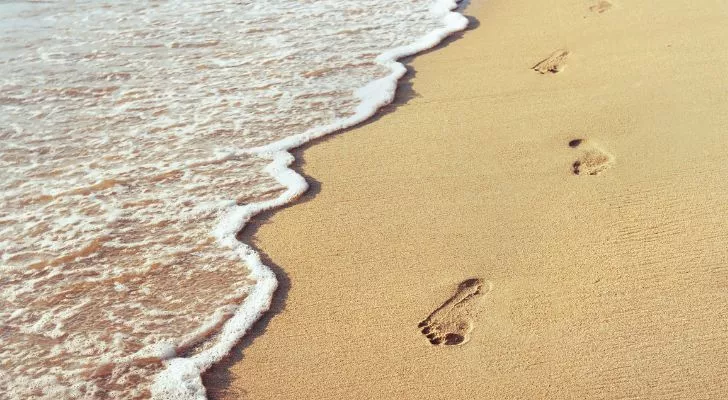
Humans have been playing in the sand for millennia. In fact, the world’s oldest footprints in the sand date back some 117,000 years, when a small person walked across damp sand.
Their footprints were fossilized and buried until being discovered in South Africa in 1995.
Worldwide, there are about 372,000 miles (598,676 km) of coastline. Of that, about 31%, or 115,320 miles (185,589 km), consists of sandy beaches, with the rest being rocky or icy.
Africa has the highest proportion of sandy beaches (66%), and Europe has the lowest (22%).
According to the National Oceanic and Atmospheric Administration (NOAA), Alaska has more coastline than all the other states combined, with about 46,600 miles (74,995 km), and there are many beaches that offer surprisingly wonderful places to play in the sand.
In second place is Florida, with about 8,436 miles (13,576 km) of beach, and California is in third place, with nearly 3,427 miles (5,515 km) of shoreline.
Revere Beach, located about five miles north of Boston, became the first designated public beach in the U.S. in 1896.
A narrow-gauge railroad made it a popular destination for Bostonians, who enjoyed frolicking on the three-mile (4.8 km) stretch of sandy beach.
Today, while not every state has access to a coastline, they do at least have access to public places on lakes or reservoirs.
How to celebrate National Play in the Sand Day
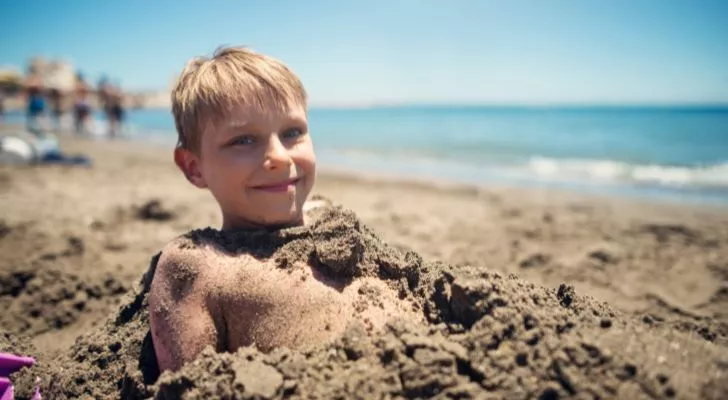
Build a sand castle.
This requires wet sand. Dry sand acts like a liquid, but damp sand acts like a solid because surface tension glues particles together.
The ideal ratio is eight parts sand to one part water. To beat the world record for most sand castles built in a single hour, you’ll have to top 2,230.
Walk on the beach.
Walk just below the high tide line on saturated sand. Every time you take a step, your footprint is surrounded by a halo of dry sand.
Why? Because the weight of your footfall forces the grains of sand apart from each other, opening up space for water to drain into.
Bury yourself (and your friends!) in the sand.
Being buried in the cool sand is a unique feeling on a hot day. The world record for the most people buried in sand simultaneously is 684, set in Ecuador in 2013.
The event was sponsored by a brand of flip-flops. Prizes were awarded for creativity: people dressed as shipwrecks, turtles, lighthouses, treasure chests, and even the Statue of Liberty!
National Play in the Sand Day FAQ
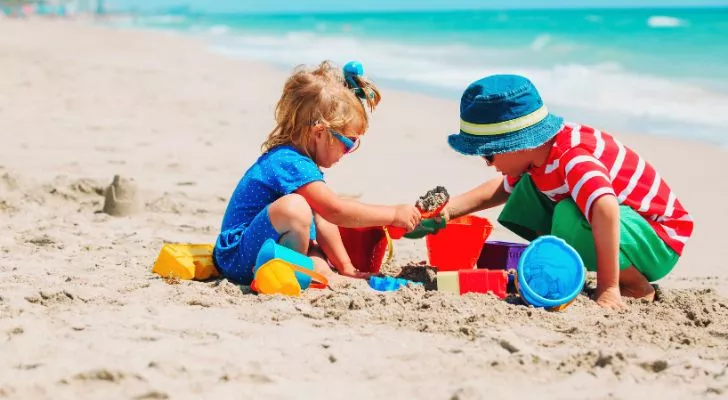
What is the purpose of National Play in the Sand Day?
Why, to get your head out of the sand and go get your feet in the sand, of course!
Who invented National Play in the Sand Day?
No one really knows; it just appeared sometime in the early 2000s and has been growing in popularity ever since.
Are there other sand-related holidays?
Bunches! They include Walk in the Sand Day (1st Saturday after the spring equinox), Clean Beaches Week (July 1-7), Sandcastle Day (1st Saturday in August), National Beach Party Day (August 7), National Sandcastle and Sculpture Day (August 19), and National Beach Day (August 30).
However, any day is a good day to play in the sand!
5 Facts About Sand
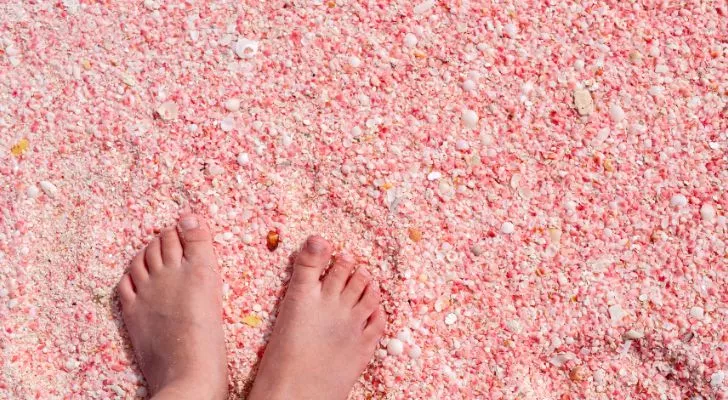
The world’s tallest freestanding sandcastle, built in Germany in 2019, stood almost 58 feet (17.65 meters). That’s as tall as a four or five-story tall building.
Sand comes in many colors ranging from white, tan, and brown to pink, purple, green, and black, depending on the source of the sand.
A typical plastic beach pail that can hold one cubic foot of sand (0.03 cubic meter) will include approximately 1 billion grains of sand.
Human teeth can detect the grit of a single grain of sand that’s only 10 microns in diameter. A micron is 1/25,000 of an inch (one-millionth of a meter).
Although it’s not recommended you celebrate National Play in the Sand Day there, believe it or not, there are even sand dunes in Antarctica.
Whether you play volleyball, throw a Frisbee, build a sandcastle, or simply lay under the sun, you will never regret your time spent playing in the sand.
Take a friend, bring all the kids, go alone, bring the dog, or promote a local public holiday and invite the entire community.
Whatever you do and however you celebrate, it’s imperative that you get sand in every crevice of your body, in every pocket of your clothing, and in every corner of your car on National Play in the Sand Day!


